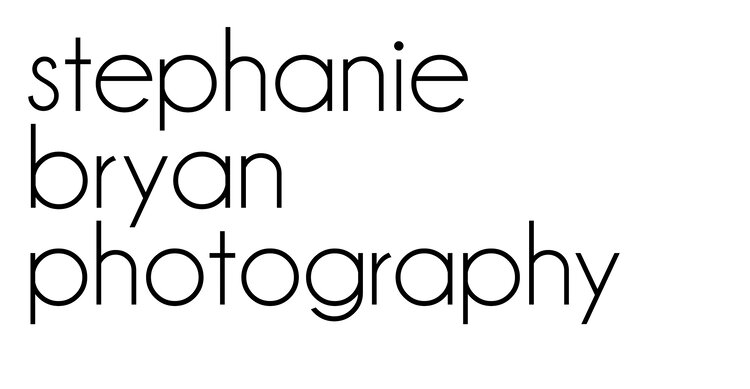Today I wanted to talk about light meters!! One of the questions I get asked often when it comes to film is “do I REALLY need to invest in a light meter?”. The short answer is YES, for sure! But if you want to get a bit more technical, I recommend using an external light meter to read your light because using a meter literally takes out all of the guesswork when it comes to shooting film. And just in case you need even more convincing, I thought I would share some reasons I never leave home without my light meter when I’m shooting client work!
But first, let’s chat about light meters…
What is a light meter exactly??
An external light meter is a hand-held device that reads incidental light (or the actual light in your scene). This meter can measure the light in the shadows of a scene, the mid-tones and the highlights, so you can literally measure the light you want to shoot in and get an accurate reading. All you do is plug your ISO into your light meter, click the measuring button and your meter will tell you at what aperture and shutter speed to set your camera. External light meters range from super simple to loaded with all the bells and whistles. In the end, the function of the meter is pretty much the same - to read the available light and to figure out at what settings you should dial in on your film camera.
Now for some convincing….
3 Reasons You Should Use a Light Meter
1. Every click of the shutter costs money.
Yep. Sadly it does. Which means you better bet if I am clicking my shutter, I want to be super certain I measured my available light and set my camera correctly. Using an external light takes all of the guesswork out of figuring out how to set your camera. The meter literally tells you EXACTLY what you need to do. Easy peasy. No more wasting money on underexposed images or praying that your internal meter is reading the light correctly.
2. An external light meter reads the exact light of your scene.
The biggest difference between an external light meter and the internal meter of your camera is the type of light each meter reads. As I just mentioned, an external light meter reads the exact light as it presents in your scene, also known as incidental light. Your camera’s internal meter reads reflective light, or light that is bouncing in and off of your camera’s sensor. One of the biggest flaws of using your internal meter is that reflective light can vary SO much depending on your scene (for example - shooting on a white sandy beach with lots of light bouncing off the white sand…or in a dark room with dark walls), which can often give you an incorrect reading when it comes to how to expose your image. When you use an external meter, your surroundings do not matter because your meter is reading the ACTUAL light present in your scene (win win, right??).
3. Using a light meter gives you more confidence with film
This especially goes for any of you film beginners out there! I seriously can’t stress grabbing an external light meter for your camera bag enough! Film can seem scary - and starting out with your first few rolls, or maybe shooting for client work for the first time is definitely enough to stress anyone a tad. I’ll totally admit that I still get nervous when I’m shooting film, which is why I always bring and use my light meter (for client work). Using an external meter lets me know exactly how I should set my camera to properly expose my image. Knowing these settings gives me so much more confidence when it comes to shooting film.
There you have it! These tips will have you well on your way to shooting your first roll of film!
Looking to dive right in to film? Join the FILM LOVE WORKSHOP and learn all you need to know!




